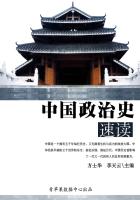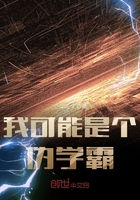In Switzerland, six miles west of Geneva, lies a collection of laboratories and buildings, and, most curious of all, a circular mound of earth more than 650 feet in diameter①. This cluster has unique importance. It is Europe’s one and only atomic city dedicated to investigating the atom peaceful purposes.
The strange buildings belong to the European Council for Nuclear Research, more popularly known, from its French initials, as CERN. The council was born when a handful of statesmen and scientific experts met in Paris in 1950. Their aim was to establish an organization providing for collaboration② among European states in nuclear research of a pure scientific and fundamental character.
The CERN agreement was signed in 1953, and work on the atomic city began in 1954. Today CERN’s facilities are among the most modern and the most diversified③ in the world. Impressive as the scientific aspect may be, the real significance of CERN may lie with the thousand people─the scientists, lab workers, and administrative④ crew drawn from the fourteen member nations─who populate it. British engineers work?side by side with Swiss electricians, Yugoslav nuclear physicists, and Dutch mathematicians. The official languages are French and English, with German an unofficial third. But CERN is no tower of Babel─the language of science is universal and all-embracing.
① diametern. 直径
② collaborationn. 合作;共同研究
③ diversifiedadj. 多变化的;各种的
④ administrativeadj. 管理的;行政的
欧洲独一无二的原子城
在瑞士日内瓦西部6英里处,座落着一群实验室和建筑物。其中最奇妙的是一座直径超过650英尺的圆形土堆。这一建筑群独具重要性。它是为和平目的而研究原子奥秘的欧洲独一无二的原子城。
这些奇怪的大楼属于欧洲核研究理事会,其法语首字母CERN更为人们所熟知。这个理事会诞生于1950年,正是一批政治家和科技专家在巴黎会晤之时。他们的宗旨在于“建立一个欧洲国家在纯科学和基础核研究方面共同合作的组织”。
CERN协议签订于1953年,原子城的工作则始于1954年。今天, CERN的设施已列于世界最现代化和最多样化的设备之中。虽然其科学上的意义令人嘱目,然而CERN的真正意义恐怕还在于居住其中的1, 000名成员——从14个成员国聘来的科学家、实验室人员和行政管理人员。英国工程师与瑞士电工、南斯拉夫核物理学家和荷兰数学家并肩工作。原子城的官方语言是法语和英语,德语是非官方的第三种语言。但CERN决不是那没有建成的通天塔——科学这种语言是普遍适用而又是无所不包的。















